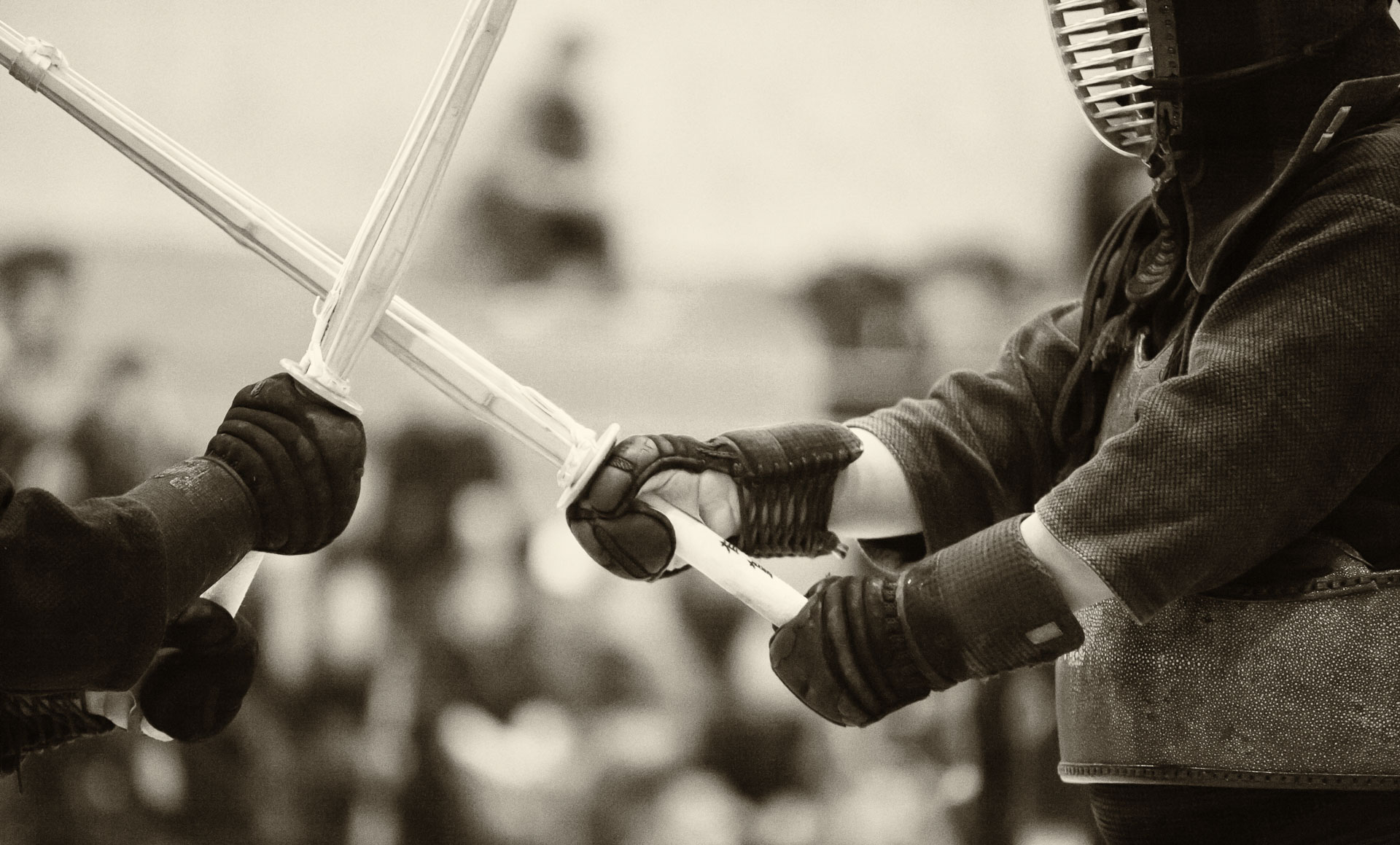
A woman in front of me in the security check line at the airport had a tiny dog, who was picking his head out of a special carrier bag, but had to be taken out and carried through the metal scanner. The dog did not complain, and all the security personnel seemed to be genuinely entertained (I suppose, any diversion is welcome in that kind of job.)
This dog reminded me about the time when my wife and I travelled with our pet, an african grey parrot named Zorro, on several planes across America. Zorro was not bothered by travel at all, but crossing the US-Canada border with him at the peak of a bird flu scare was a long process, to say the least, even though Zorro travelled with a stack of documents (vet checks, etc.) twice as thick as me and my wife.
I find it curious that most people, myself included, like travel stories, but put little effort in capturing the little details that make them vivid later. Perhaps, we like the stories because even a shortest trip implies a break from daily routine and a possibility of adventure. At the time of travel, though, we are too focused on the destination, making sure that everything goes according to plan. In other words, we want to avoid an adventure if at all possible, unless it happens on our terms (a paragliding lesson, a guided SCUBA dive, etc.)
It would have been fun to take photos of Zorro at the airports, when he was surrounded by children, or even to snap a picture of that tiny dog in the carrier, but often I find myself too lazy busy to stop and get the camera out of the backpack.


Some of the street corners in the neighbourhood where I grew up look as if they were taken out of Milan, with a notable exception of many advertising signs and billboards, all in loud, conflicting colours. Right next to these neighbourhoods are new construction cites and Soviet-style architecture that are characteristic of China.



























